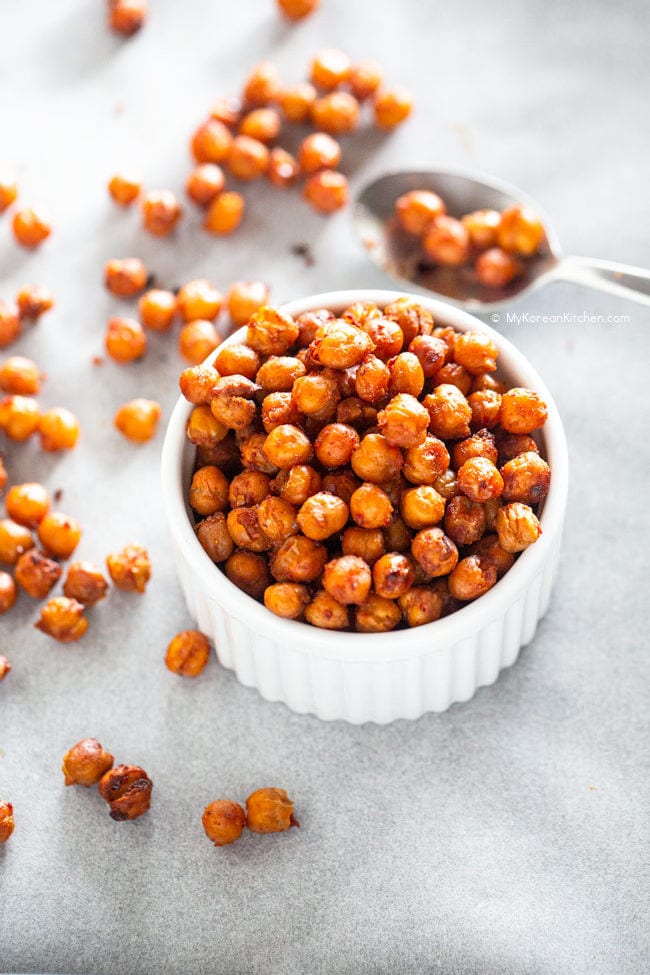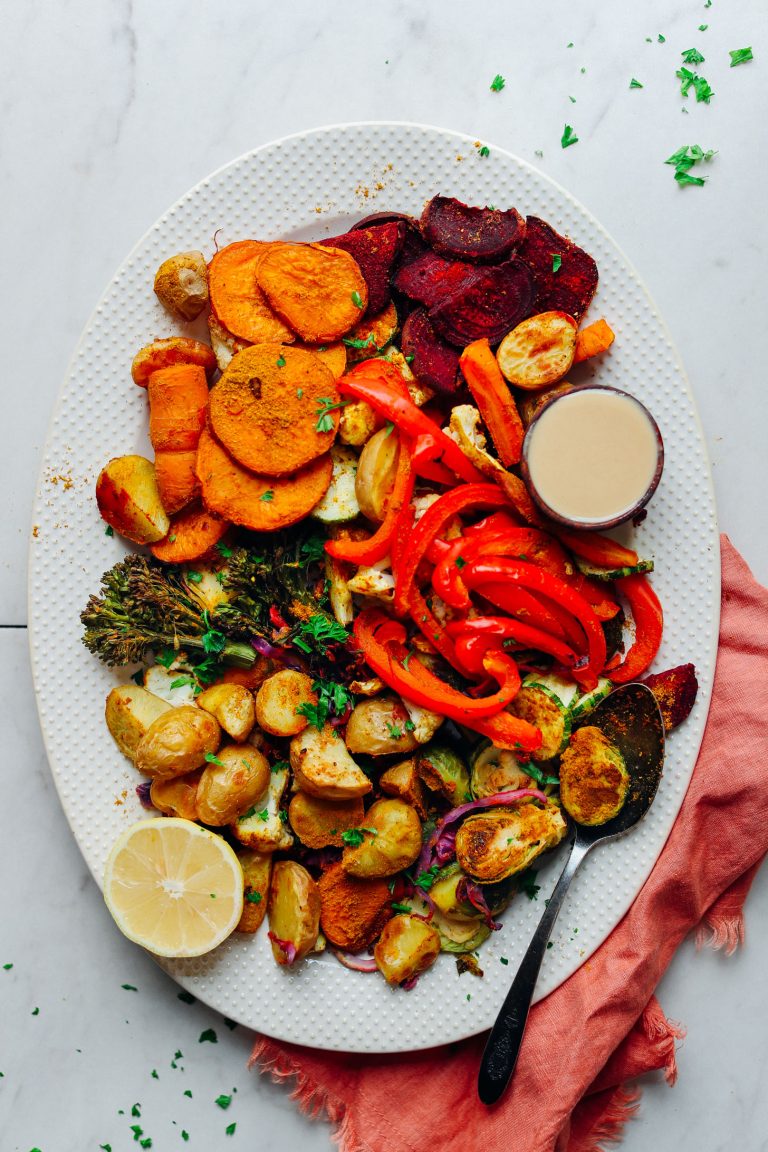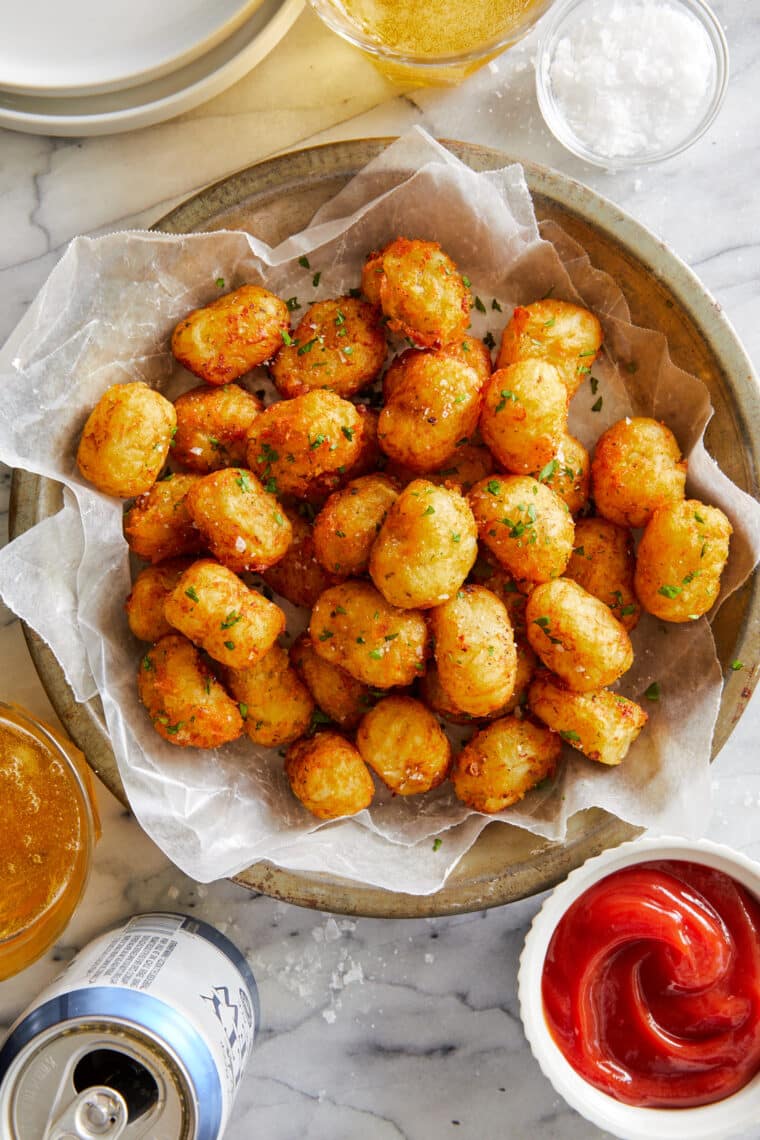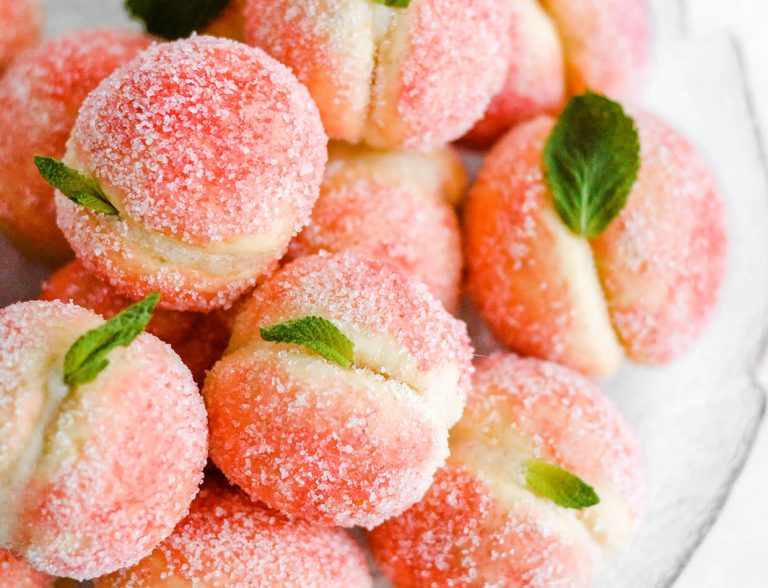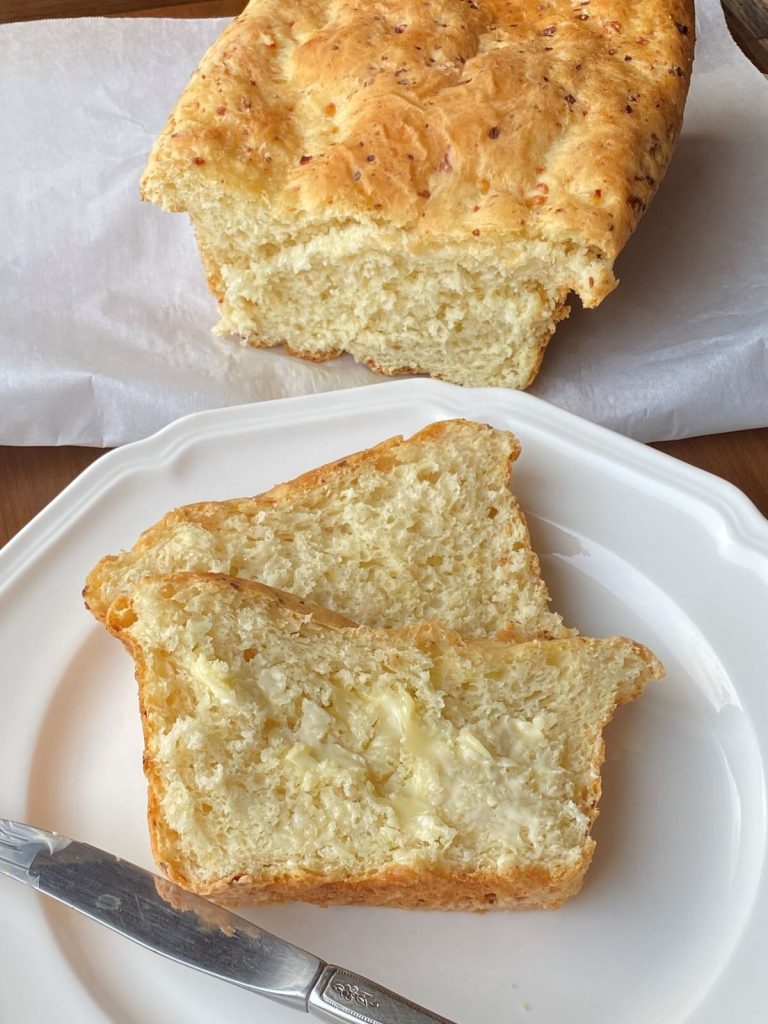Wild Goose Breasts With Orange Glaze Recipe: Elegant, Citrusy, and Delicious
Game meats, such as wild goose breasts, offer a unique flavor profile distinct from farm-raised poultry. These meats have a leaner texture and a more intense taste, making them a favorite among chefs and adventurous eaters. Using game meat in your culinary practices introduces robust flavors and varied textures, enhancing the overall dining experience. For example, wild goose breasts provide a rich, almost beef-like flavor and pair well with both sweet and savory elements.
Origins of the Orange Glaze Technique
The orange glaze technique originates from traditional European cuisine. Chefs historically used citrus-based glazes to balance the rich flavors of various meats, including wild game. The acidity in oranges helps to tenderize the meat while adding a refreshing contrast to its richness. This method has evolved, combining sweet and tangy elements to create a vibrant and sophisticated sauce. For wild goose breasts, an orange glaze elevates the dish, transforming it into a gourmet experience.
Key Ingredients for the Dish
Selecting the Best Goose Breast
Choose wild goose breasts with a consistent, dark color and firm texture. Ensure there’s minimal fat or sinew, as excess can affect the dish’s flavor and tenderness. Consider sourcing from local suppliers or specialty butchers to get the freshest meats. Ideally, opt for breasts from younger birds for a more tender and mild taste.
Essentials for the Perfect Orange Glaze
Use freshly squeezed orange juice to ensure vibrant and natural flavors. Include zest for an added citrus punch. Sweeten the glaze with brown sugar or honey, and balance the sweetness with a dash of vinegar or lemon juice. Incorporate minced garlic, soy sauce, and ginger for depth and complexity. Fresh herbs like thyme or rosemary enhance the aromatic profile. To thicken the glaze, add cornstarch mixed with water.
Step-by-Step Cooking Guide
Preparing the Goose Breasts
Start by selecting high-quality wild goose breasts. Look for dark color, firm texture, and minimal fat or sinew. Rinse the breasts under cold water, then pat dry with paper towels. Trim any excess fat or sinew to ensure even cooking. Score the skin in a criss-cross pattern without cutting into the meat, which helps render fat and crisp the skin.
Making the Orange Glaze
Gather fresh ingredients for the orange glaze. Combine freshly squeezed orange juice (about 1 cup), zest of 1 orange, 2 tablespoons of brown sugar, 1 teaspoon of white vinegar, 2 minced garlic cloves, 1 tablespoon of soy sauce, 1 teaspoon of grated ginger, and herbs like thyme or rosemary in a saucepan. Simmer on medium heat until the mixture thickens to a syrupy consistency, stirring occasionally to prevent burning.
Combining Ingredients and Cooking Techniques
Preheat your oven to 375°F (190°C). Season the prepared goose breasts with salt and pepper. Heat a large ovenproof skillet over medium-high heat and place the breasts skin-side down. Sear for 3-4 minutes until the skin is crispy and browned. Flip the breasts, then brush a generous layer of orange glaze over the meat. Transfer the skillet to the preheated oven and cook for an additional 10-12 minutes, or until the internal temperature reaches 135°F (57°C) for medium-rare. Allow the meat to rest for 5 minutes before slicing. Serve with extra glaze drizzled over the top.
Serving Suggestions
Ideal Accompaniments
Consider pairing wild goose breasts with hearty side dishes. Roasted root vegetables, such as carrots and parsnips, complement the rich flavor profile. Creamy mashed potatoes create a smooth contrast to the lean meat. For a touch of sweetness, serve with braised red cabbage. To enhance the citrus notes of the glaze, a side of orange and fennel salad works well. Incorporate a wine pairing; full-bodied reds like Pinot Noir accentuate the dish’s depth.
Presentation Tips
To achieve an elegant appearance, slice the wild goose breasts thinly and fan them out on the plate. Drizzle extra orange glaze for visual appeal and added flavor. Garnish with fresh herbs like thyme or rosemary to provide a pop of color. Use white or light-colored plates to highlight the rich brown and orange hues of the dish. Ensure the sides are neatly arranged, placing them in separate sections for a balanced look.
Wine Pairings
Best Wines to Complement the Rich Flavors
Pair wild goose breasts with orange glaze with wines that complement the rich, gamey flavors and the citrus components. Choose full-bodied reds like Pinot Noir, known for their delicate balance of acidity and tannins which match well with the gaminess of the meat. Look for bottles from Burgundy or Oregon for quality options.
Syrah is another excellent choice, offering robust berry flavors, peppery notes, and earthy undertones that enhance the dish’s depth. Opt for those from the Rhône Valley or California’s Central Coast for optimal pairing.
If you prefer whites, select an oaked Chardonnay. Its full body and creamy texture can complement the orange glaze, while the subtle hints of citrus and vanilla meld with the sweetness. Consider Chardonnays from Napa Valley or Burgundy.
When selecting a wine, consider its regional characteristics and vintage to ensure a perfect match with your meal.
Conclusion
Cooking wild goose breasts with an orange glaze offers a sophisticated blend of flavors that’s sure to impress. The combination of game meat with a citrus-based glaze creates a unique and memorable dish. Pairing it with roasted root vegetables or mashed potatoes enhances the overall dining experience.
For an elegant presentation, thinly slice the meat and add a drizzle of extra glaze, garnishing with fresh herbs. Don’t forget to choose a complementary wine like a Pinot Noir or an oaked Chardonnay to elevate the rich flavors of the dish. Enjoy the culinary journey and the exquisite taste that comes with it!

